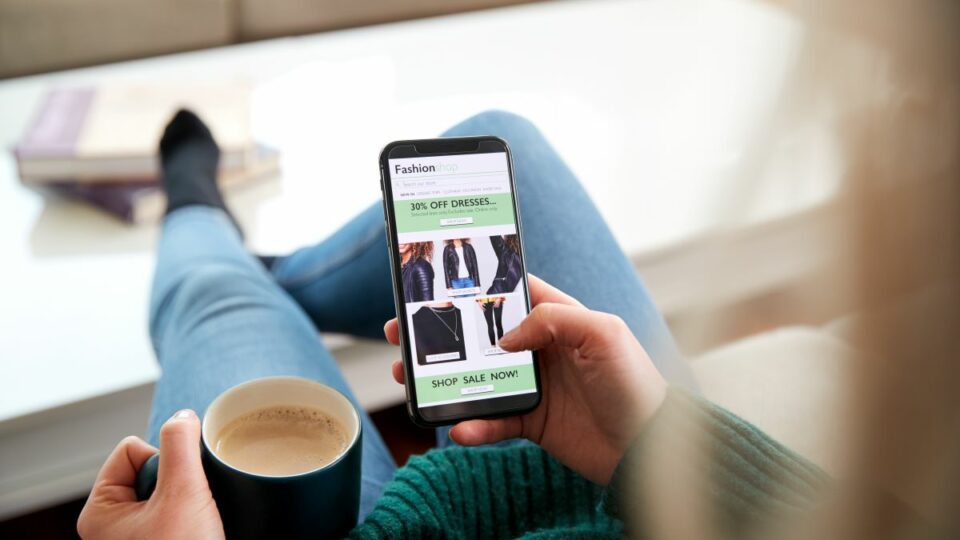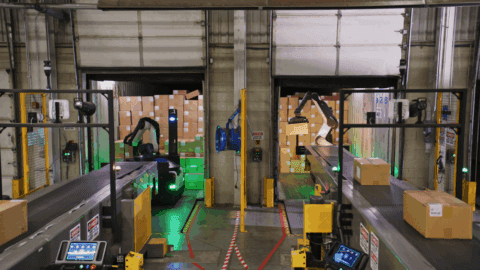Flat. Boring. Uninspiring. These are words often used to describe ecommerce sites, despite the rapid evolution of digital technology.
“There’s nothing special about ecommerce,” said Matt Maher, Founder of M7 Innovations in an interview with Retail TouchPoints. “As people go back to stores, they get to flex that shopping muscle again, but most of ecommerce is just a means to an end. There’s no surprise and delight moment when you go to buy something online.”
But some brands, like Rainbow Shops, Princess Polly and Too Faced Cosmetics are investing in technology to augment every stage of the online shopping journey. A recent Retail TouchPoints special report dug into these stages and supporting technology use cases, which include:
Discovery and Inspiration
During the discovery phase, consumers want to be inspired. They may be shopping for a specific occasion such as a birthday party, or digging into a new trend such as “cottage core.” Either way, this is a key phase where the emotional and transactional nature of shopping comes together and some experts believe generative AI will ultimately help turn this emotional connection and inspiration into action.
“It’s hard not to get really excited about the potential with generative AI — it’s going to transform every industry,” said Amy Eschliman, Managing Director of Cloud Retail Industry Solutions at Google in an interview with Retail TouchPoints.
As generative AI makes “conversational discovery paths a reality,” Eschliman sees the potential for the consumer-directed search process to become more dynamic. Users could start their search with a query like, “‘I’m looking for a dress for a Saturday afternoon outdoor wedding.’ That’s a very conversational interaction,” she said. “Generative AI [has the potential] to make the entire experience intuitive and fundamentally easier for customers to find what they’re looking for.”
Search
Once consumers land on a website, they typically go to the search bar — especially if they have a specific product or category in mind. Despite being one of the most basic functions of any website, most retailers’ search engines require a special degree in keyword dynamics to get the best results.
But developments in AI, natural-language processing and data optimization are enabling brands to offer a Google-level search experience on their own sites. Rainbow Shops implemented Google’s white-label solution and has seen “dramatic” improvements, according to David Cost, the retailer’s VP of Ecommerce and Marketing.
“My favorite example is [the search term] ‘LBD,’ for ‘little black dress,’” Cost explained in an interview with Retail TouchPoints. “A customer may do a search for LBD, but if we didn’t use that abbreviation [in our website copy] because we were worried that not everybody knows it, the search will return with no results. With Google, because they see billions of searches, they know what somebody means when they search LBD. Now when you do that search on our website, you get a page of black dresses, and if you do ‘plus size LBD’ or ‘plus LBD,’ you only get plus-size ones. The fact that it knows what things mean and what the intent is — that’s the game changer.”
Consideration, Comparison and Try-On
Many brands are saying goodbye to 2D images and hello to 3D content. It makes product imagery look more robust and contextual — and that fact that Google is now favoring 3D content in search results doesn’t hurt, either. Maher believes that 3D models are the “base foundation” of fixing ecommerce site’s big “boring” problem.
3D content creation is also a steppingstone toward augmented reality (AR), which allows consumers to virtually try on products — and even see how certain fabrics flow and fall on different body types. Implementing this technology on ecommerce sites certainly helps drive product engagement and time on site, but it also has a long-tail impact on conversions and even return rates.
“If you have 3D models, that’s great, but how do I really know that a product fits me? There’s nuance that’s lost in these flat surfaces, but AR is getting a lot better in that regard,” said Cathy Hackl, Founder and Chief Metaverse Officer at Journey in an interview with Retail TouchPoints. Snap, a leader in AR experiences, recently launched a white-label version of its AR and AI fit, sizing and try-on tech for retailers. Princess Polly, one of the first retailers to integrate the solution, has already seen a 24% reduction in the return rate for products that customers tried on virtually versus those they didn’t.
There’s plenty more ecommerce inspiration where that came from! Download the special report to get more perspectives from some of the industry’s top voices.















